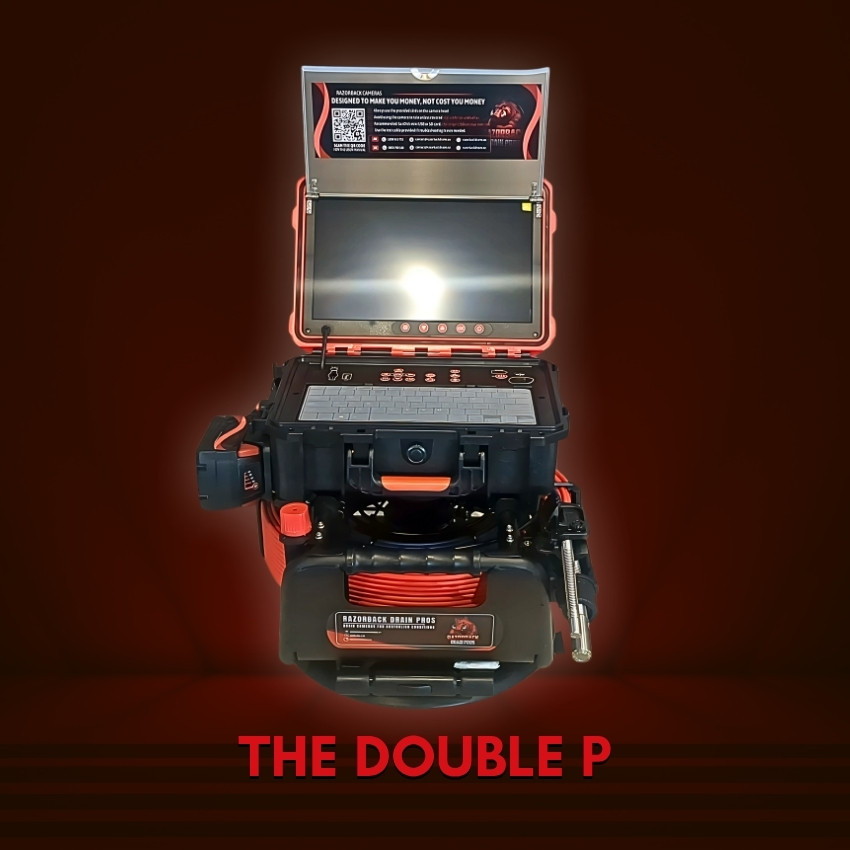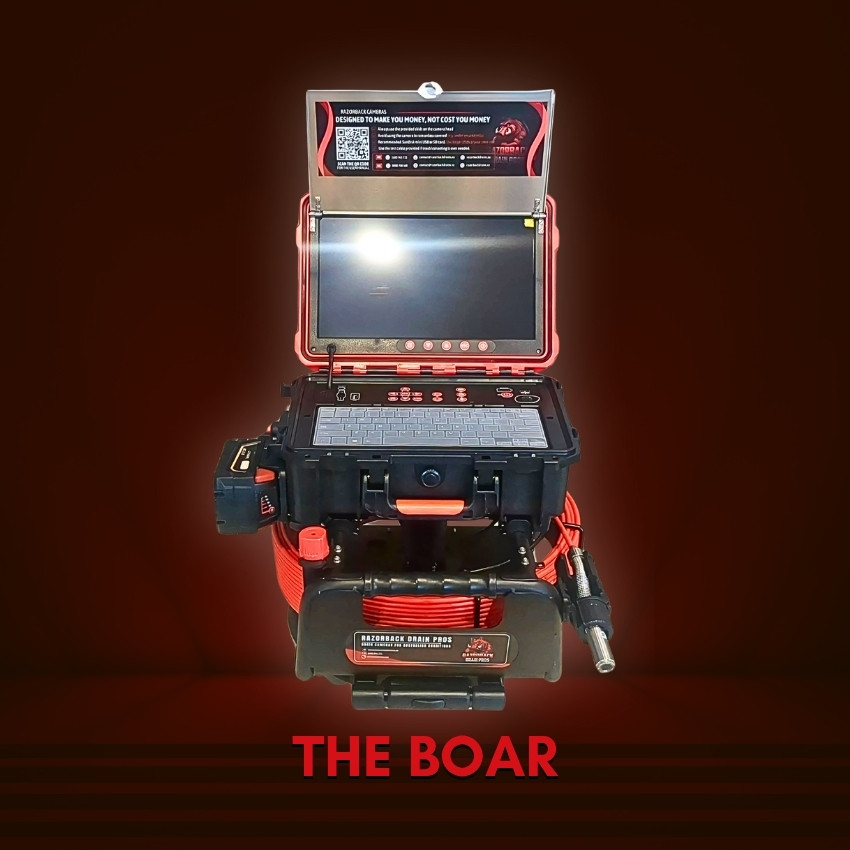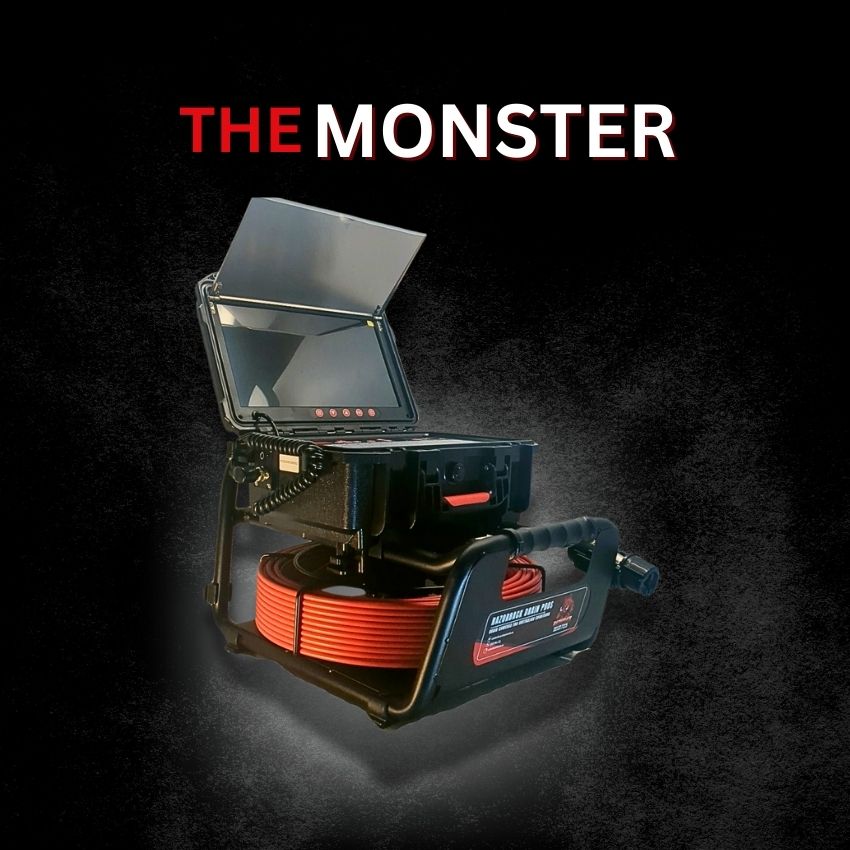The Ultimate Guide to Mastering Your Drain Inspection Camera for Professional Results
A drain inspection camera, also known as a sewer camera or CCTV drain camera, is an invaluable tool for modern plumbing professionals. With one of these devices, you can effortlessly diagnose blockages, cracked pipes, and other drain problems that would otherwise require trial and error or speculation.
However, like any tool, the key to maximizing its efficiency and longevity lies in proper usage and maintenance. This guide is packed with tips and best practices for getting the most out of your drain inspection camera, especially if you’re operating under Australian conditions as we differ slightly from other areas.
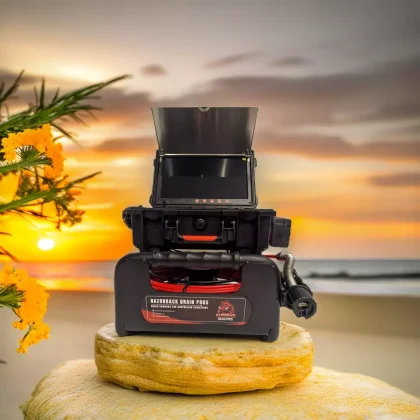
1. Invest in High-Quality Equipment
The right equipment can make or break your operation. Razorback Drain Pros offers innovative drain cameras built for harsh Australian plumbers (we sure know how to give our tools a hard time).
If you’re working in different suburbs and across challenging drains, investing in reliable, durable equipment from trusted suppliers will make a significant difference.
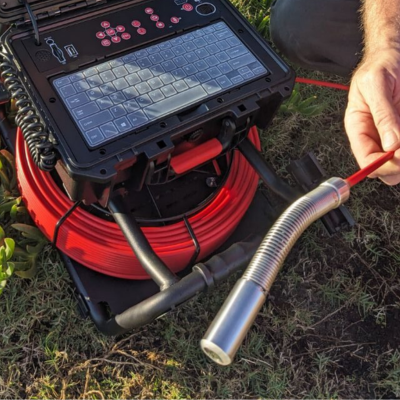
2. Take Your Time with Drain Camera Insertion
It’s tempting to push your Camera hard and fast to save time or get around a bend, especially when trying to navigate a complex drain system or get around traps. However, fast movements increase the risk of damaging the camera lens.
Slowly guide the camera to avoid unnecessary repairs and downtime, use water to assist with getting through tricky bends, Make sure you have got the correct skids on, and try to keep your pushrods at the correct angle on retrieval. “Treat your Camera like a gentleman with a Beautiful woman.”
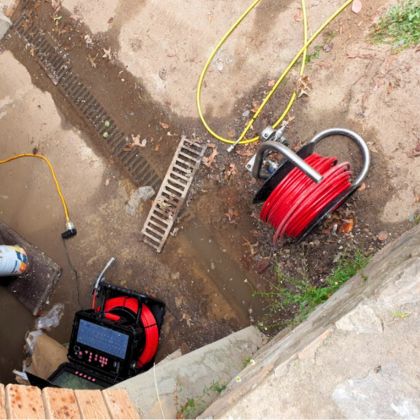
3. Never Use Force
As a plumbing professional, it’s easy to feel frustrated when the camera doesn’t move the way you want it to. However, forcing the equipment can cause permanent damage.
Razorback Drain Pros’ drain cameras are designed to be tough, but even the best equipment requires careful handling. Gently feed the camera into the pipe, letting the cable do the hard work, and use water where required for extra push.
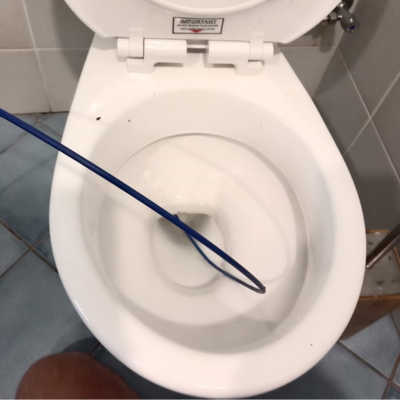
4. Keep Your Camera Dry
While sewer cameras are waterproof, prolonged exposure to water can still cause damage over time. After use, ensure your equipment is cleaned, dried, and stored in a safe, dry place away from direct sunlight.
This extends the life of your investment and keeps it working optimally. Periodically hit the camera with some circuit board cleaner, and if possible use lens protectors on the lenses.
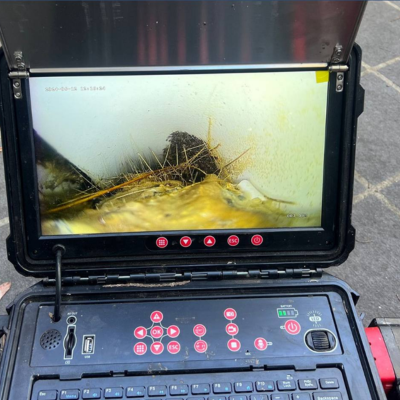
5. Maintain Visibility on Your Monitor
Australia’s bright sunlight can make it difficult to see the monitor when working outdoors. Make sure to position the monitor so it’s shielded from direct light.
Using a sunshade can also be a great way to improve screen visibility and accuracy during inspections. (check out our range of umbrellas and holders.)
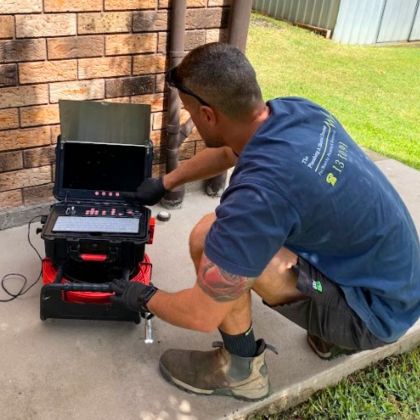
6. Regularly Clean and Inspect the Equipment
Your camera and its accessories, including the lens and cable, require regular cleaning to perform optimally. Wipe down the camera after each job, focusing on removing dirt, grease, or grime. You can use isopropyl alcohol and a soft cloth to keep the lens spotless, ensuring clear and accurate footage.
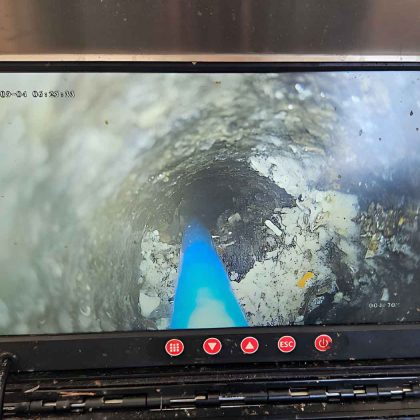
7. Avoid Bending the Camera Cable
Bending or kinking the camera cable can damage the internal components, especially the fibre optics, leading to poor on-no image. Store the cable properly by coiling it neatly and keeping it in its designated case when not in use.
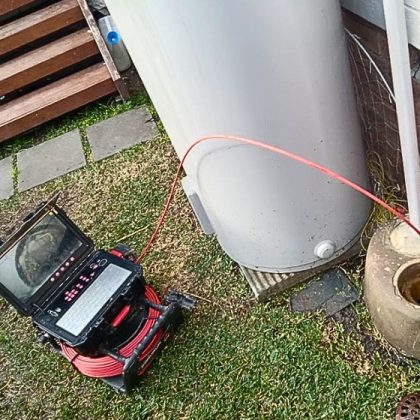
8. Stay Next to the Drain Opening
When operating your camera, staying near the drain opening is important. This allows you to have better control over the cable and prevents unnecessary bending or breakage. Staying close also ensures that you can quickly and smoothly pull the camera out if needed.
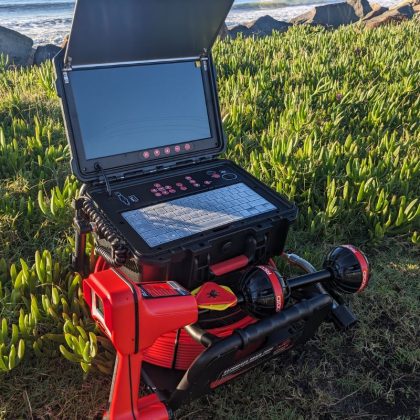
9. Be Mindful of High Temperatures
Australia’s climate can be tough on equipment, especially in the summer when temperatures soar. Avoid exposing your camera to high levels of heat (over 80°C or 176°F).
Prolonged exposure to such heat can warp or damage the camera’s materials, shortening its lifespan. Don’t use the Camera In Hot Water, especially on commercial applications.
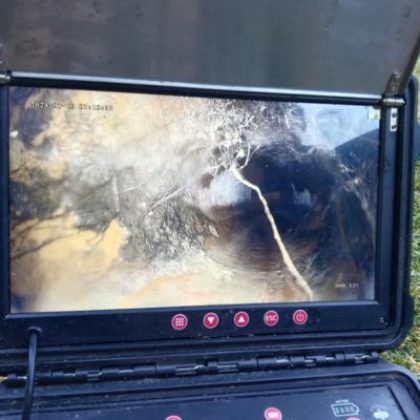
10. Use Water to Assist Navigation
When navigating long or complicated pipe systems, running a small amount of water through the pipe can help guide your camera and enable easier push. This trick helps identify the flow direction and can aid in finding blockages, giving you a clearer idea of what’s happening inside the pipe.
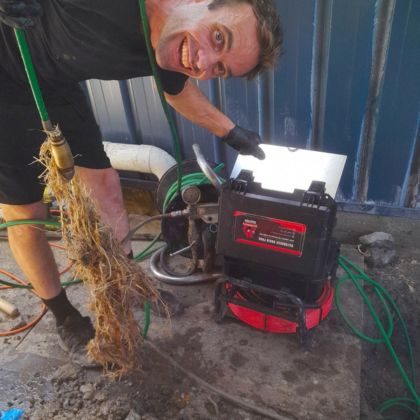
11. Do Not Use Your Camera to Remove Blockages
It’s important to remember that a drain inspection camera is a diagnostic tool, not a tool for removing blockages. Using the camera to clear blockages can crack the lens or damage the cable, leading to expensive repairs. Use the proper tools for clearing blockages and reserve the camera for inspecting the system.
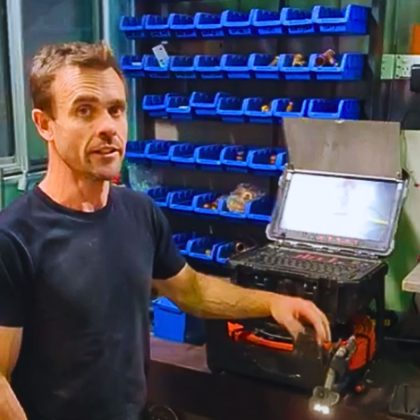
12. Conduct Regular Maintenance Checks
Before each job, check the camera for any signs of damage. Look at the power cords, monitor connections, and cable for wear and tear. Regular maintenance ensures that the equipment remains reliable, especially during busy periods.
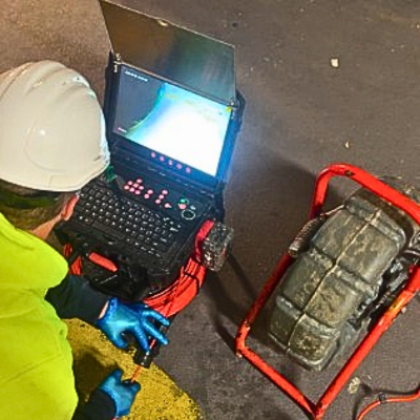
13. Train Your Team
If you have a team working with you, invest in proper training. Ensure that every member knows how to handle the camera, including its insertion, navigation, and cleaning. Proper training reduces the risk of damage and ensures consistent, high-quality inspections for your clients.
At Razorback Drain Pros, we provide innovative, high-quality drain inspection cameras designed to withstand the unique conditions of the Australian market. If you’re looking to upgrade your equipment or need expert advice on how to get the best results from your camera, we’re here to help.
For more information on our range of cameras, or to book a free demo, contact us today at 1800 961 731 or email us at contact@razorbackdrains.au. We’re committed to providing you with the tools and expertise to ensure your inspections are efficient, accurate, and profitable.
Invest in Razorback Drain Pros, where our cameras are “Designed to Make you Money, Not to Cost you Money.”
